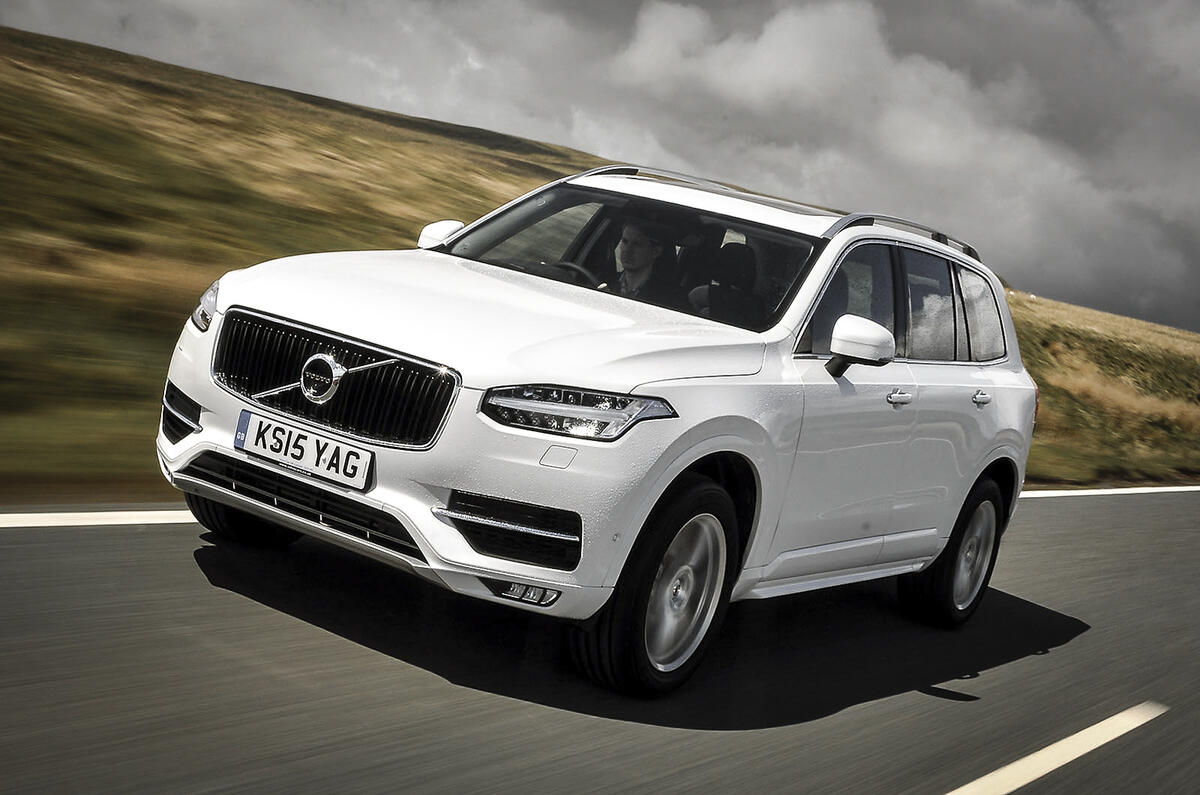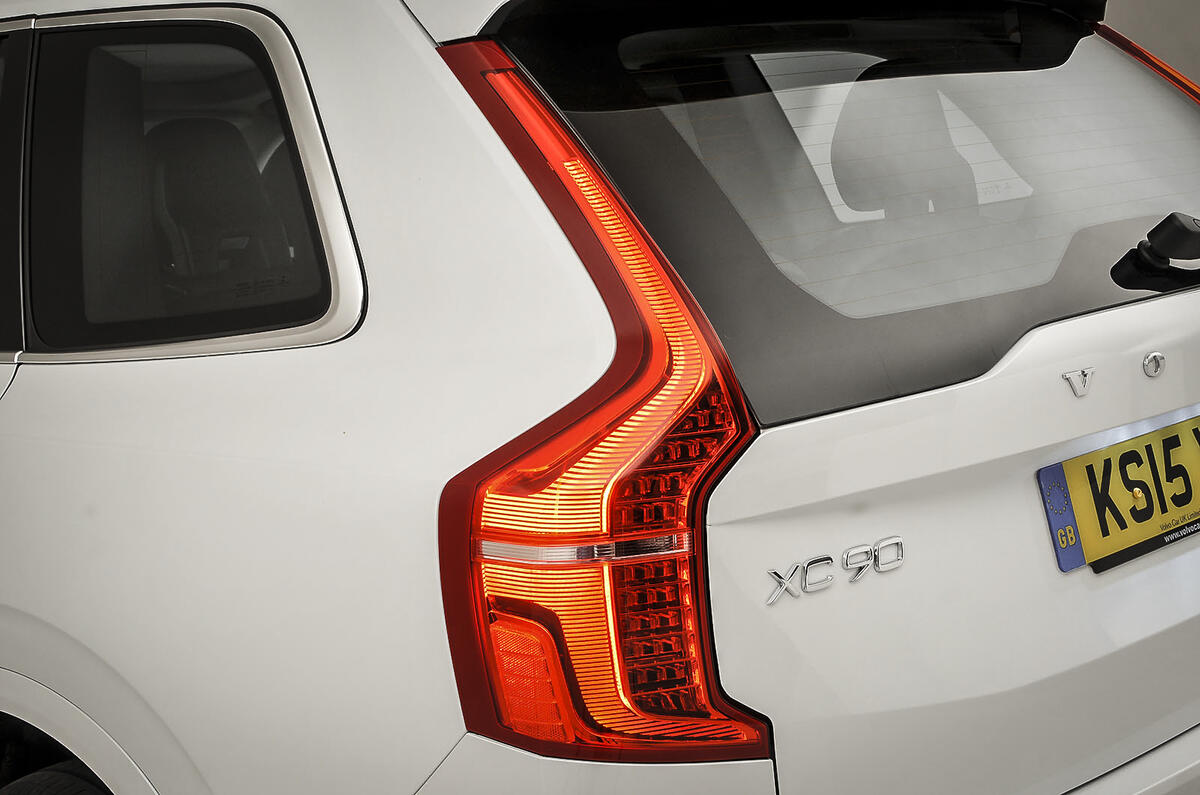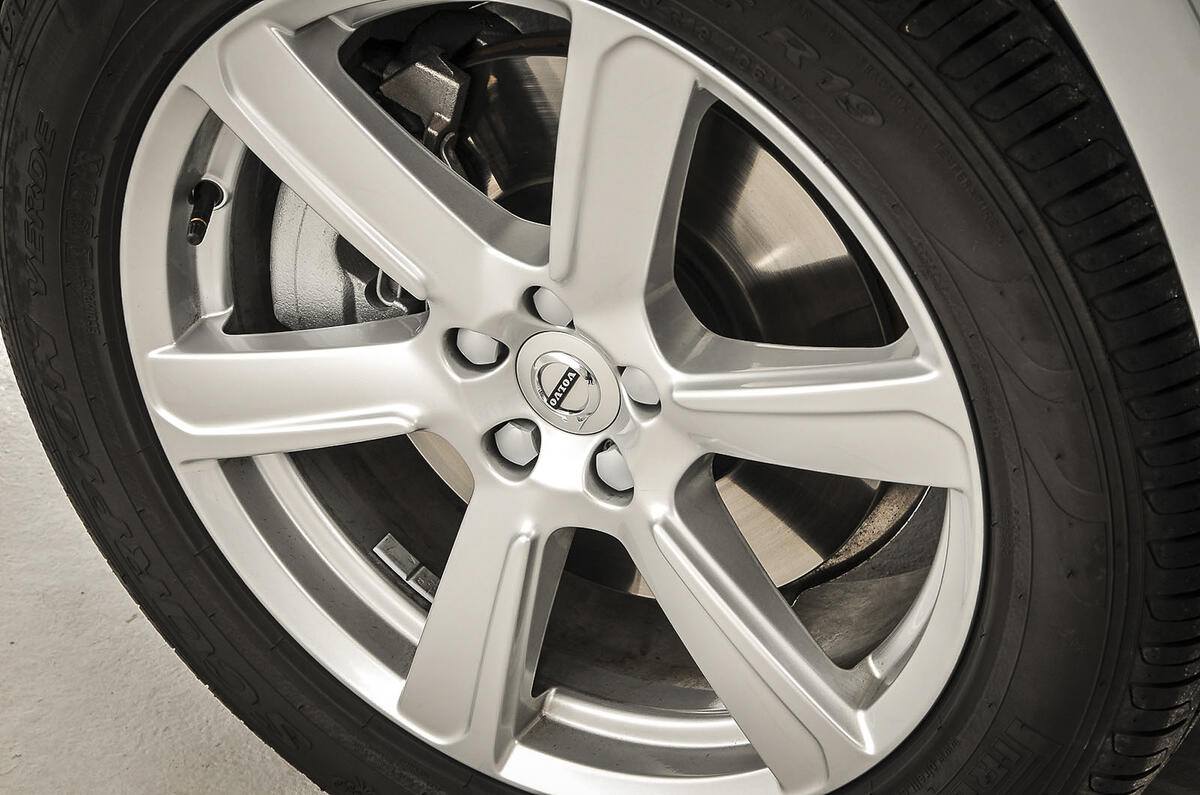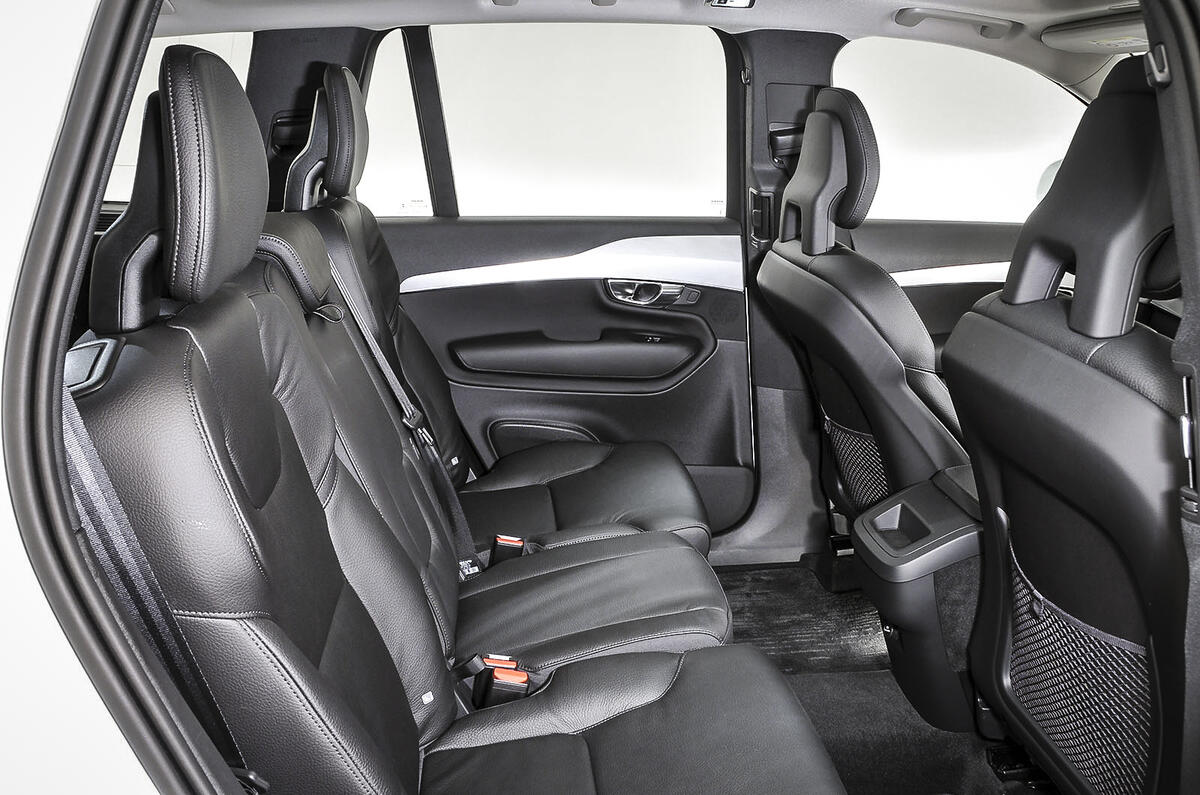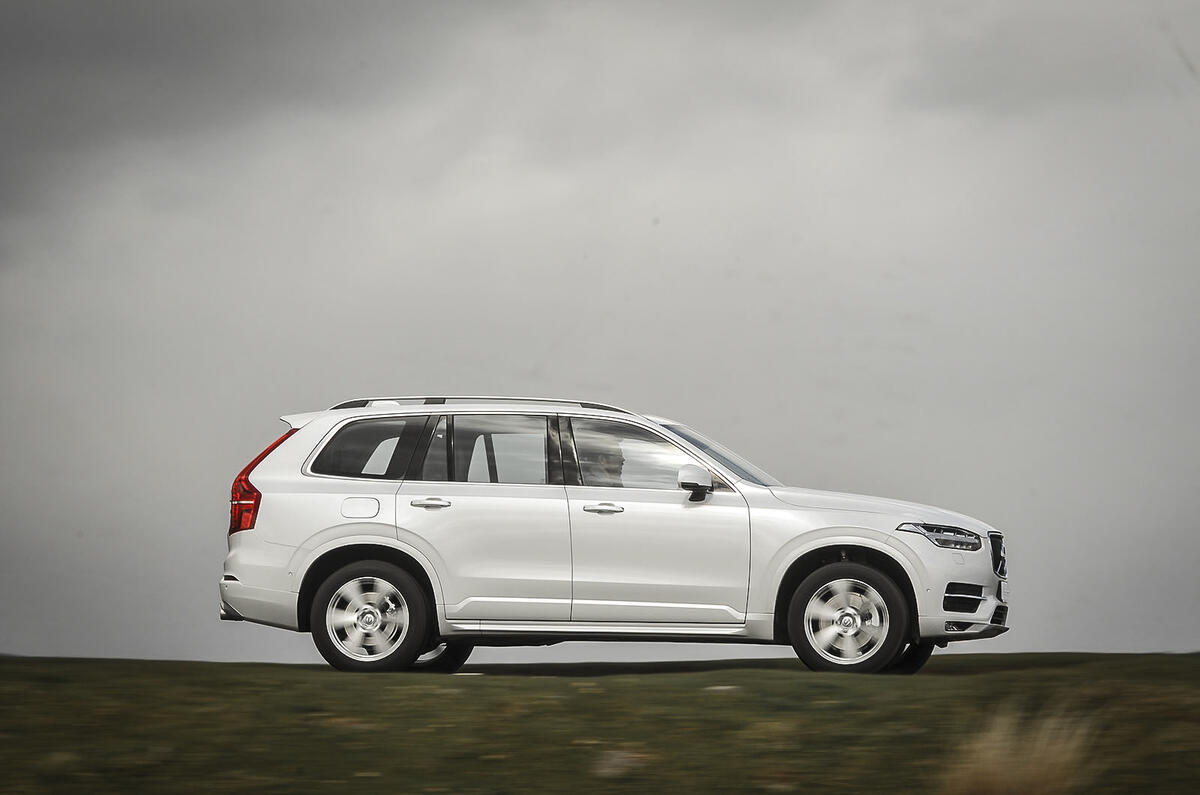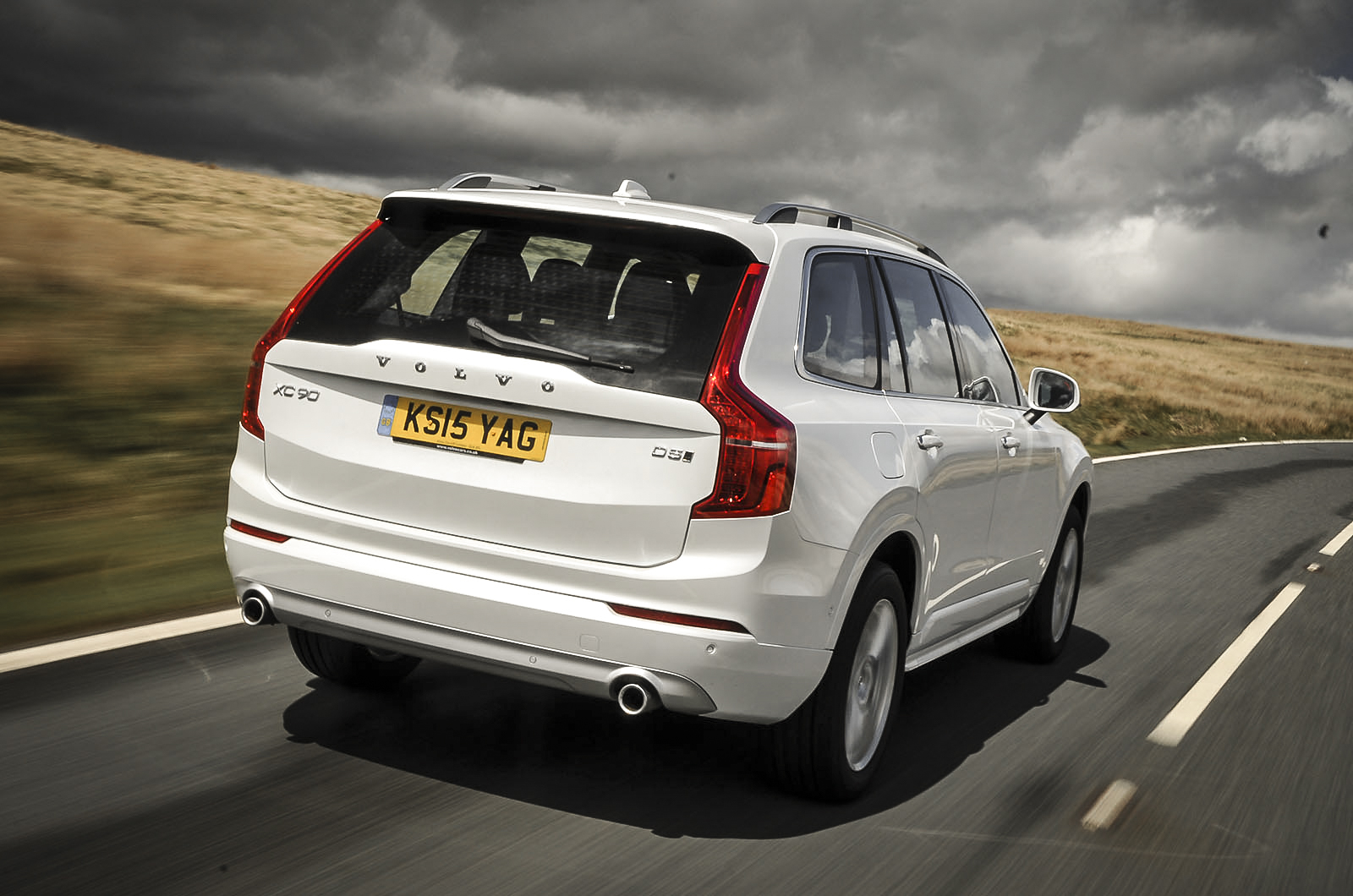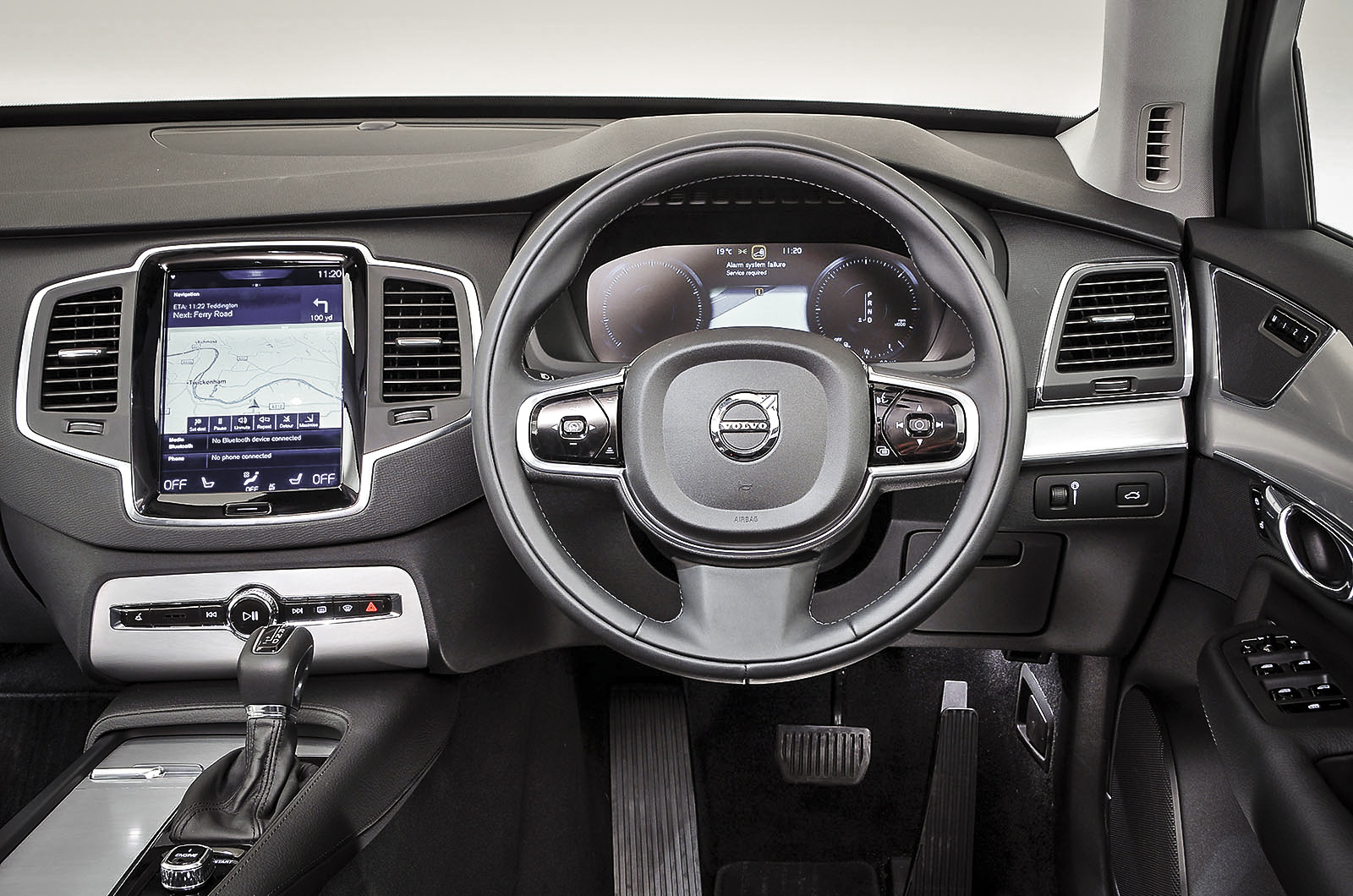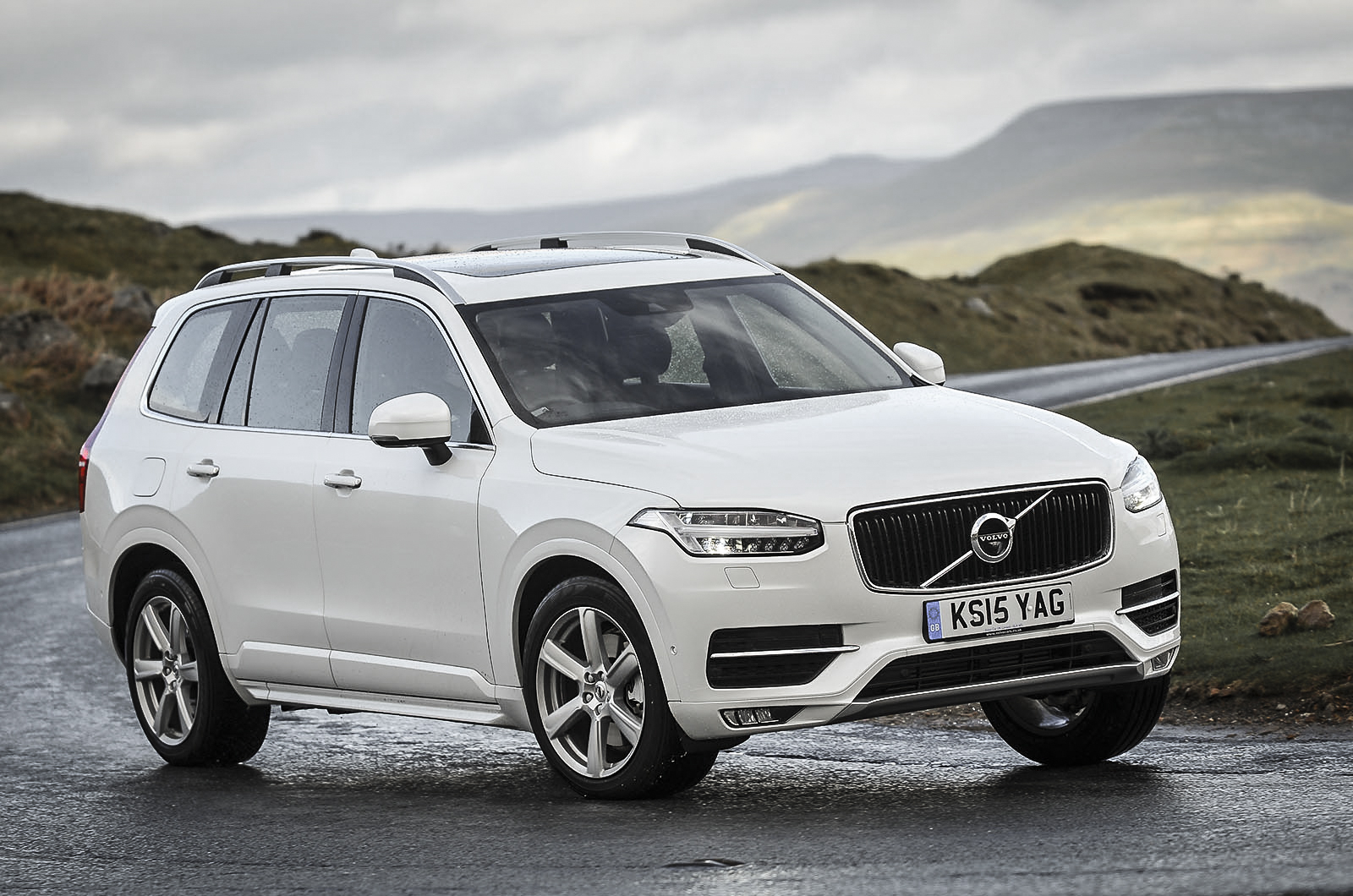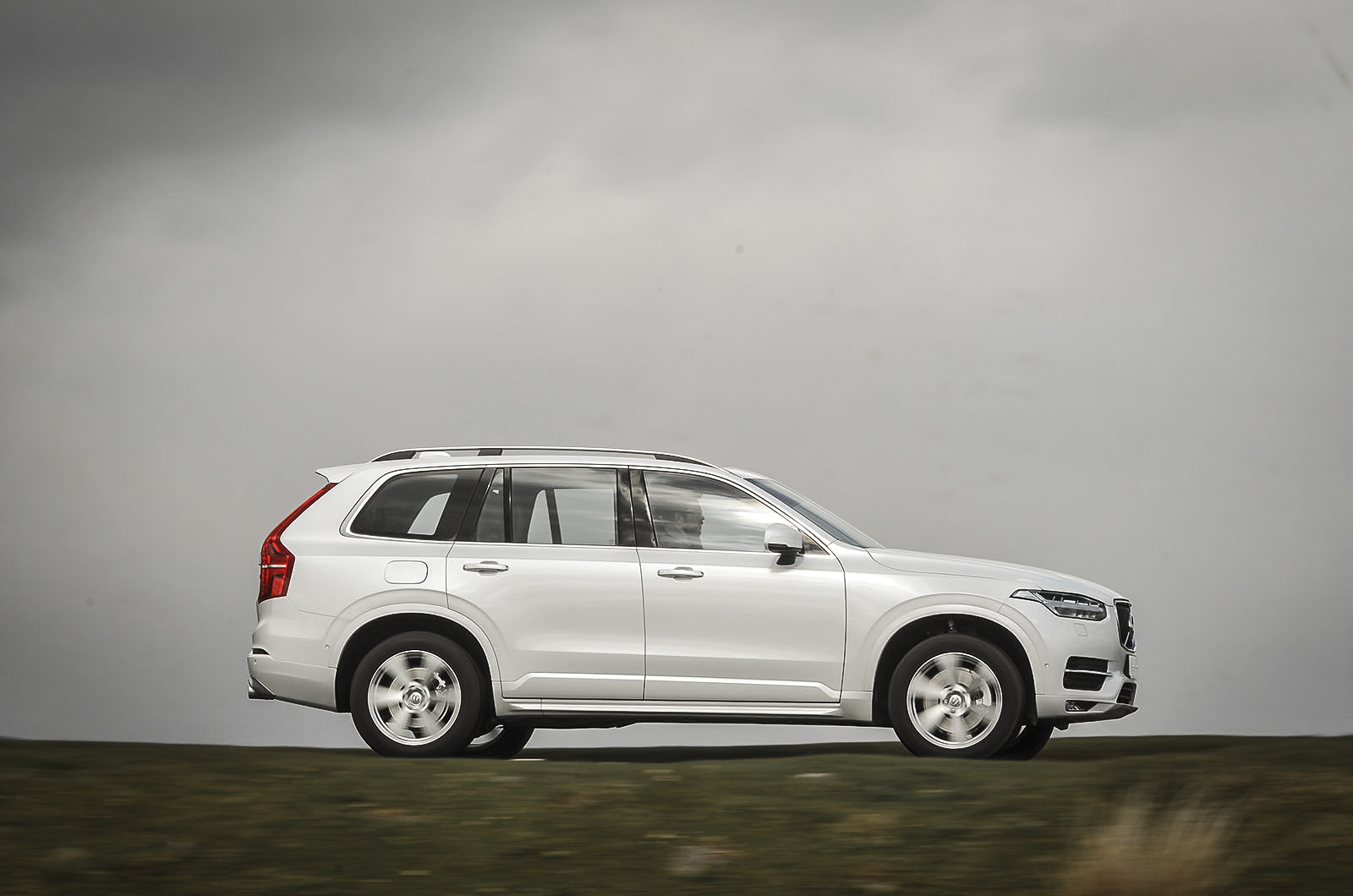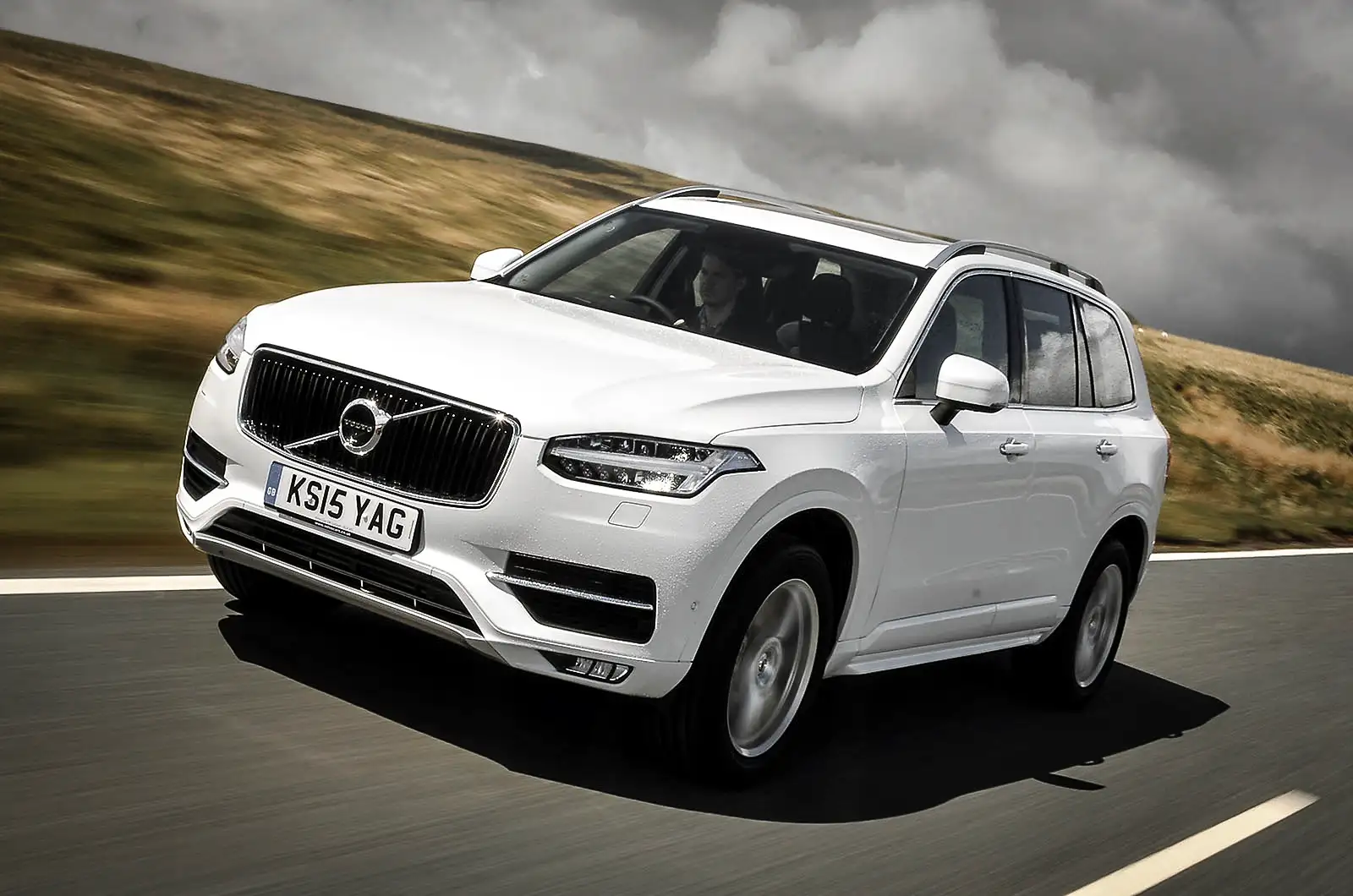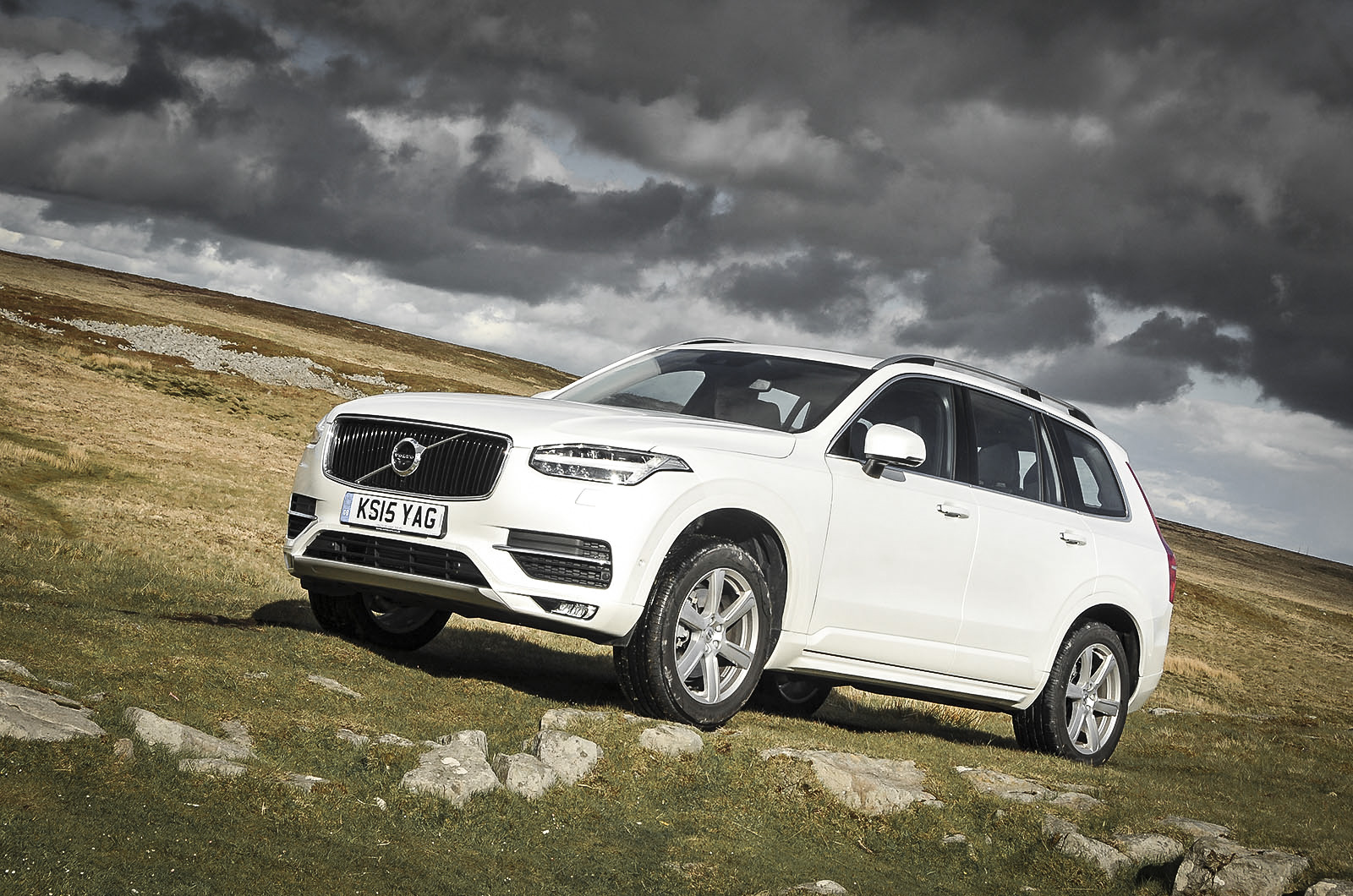The challenge here is monumental. Among the XC90’s rivals are the cut-glass-cool new Audi Q7 and a growing range of Land Rover products that have an apparently firmer grip on modern British design than Sir Norman Foster. We have already pitched the big Volvo against the Range Rover, the BMW X5 and Land Rover Discovery, and even put the T8 hybrid up against the BMW X5 hybrid.
The XC90’s cabin has already earned serious praise but, aesthetically speaking, at the lower trim level, it doesn’t quite scale the imagination of either.
What it does instead, in that typically understated Swedish way, is make everything as pleasant to use and as thoughtfully positioned as it could possibly be – often with an idiosyncratic tweak that you won’t find anywhere else.
A large multimedia screen has allowed the Swedes to follow their inclination for tidying and clean surfaces, the switchgear having been reduced almost to the legal requirement while leaving the basic media controls we all endlessly push.
The effect is as uncluttered and pleasing as an electric sauna heater and almost as simple.
It can be a double-edged sword when a flagship model receives the latest generation of a maker’s infotainment system: new is good, but it tends to come with bugs. So it proves with the XC90’s, which is intuitive and slick but not faultless.
The decision to have the touchscreen in a portrait format rather than landscape is mostly fine and the functionality of a three-swipe menu system is appreciably simple. One physical shortcut button returns you to a home screen consisting of navigation, media phone and economy tabs (with heating, ventilation and air-con controls a permanent fixture at the bottom). The menus beyond are no more complicated and the screen, which you can use with gloves on, is very responsive.
However, the nav (a familiar Volvo weakness) is more of a mixed bag. Here, the portrait view is less helpful, but the broader problem is the manufacturer’s bizarre idea of what counts as pertinent information – an overhead two-mile scale map view showing rivers, for example – yet no B-roads. For a firm that prides itself on usability, such oversights are hard to forgive.
Some features – not least the gear selector and huge steering wheel controls – feel like the requirement for function has overawed eye-pleasing design, but equally there doesn’t seem to be much you’ll complain about a year down the line.
The rear of the cabin is a similarly strong statement in common sense and far more spacious than, say, a Land Rover Discovery Sport.
Volvo’s devotion to boxiness pays off, particularly in the third row of seat, where all 5ft 8in of our most modest-sized road tester was accommodated with room to spare (if impinging somewhat on the leg room of the passenger ahead) and in some comfort.
A thinned-down design means that the jump seats are the same as those in the second row, albeit without the adjustability.
The second row slides and tilts, and everything folds flat to leave a pleasingly level load space.
Currently, it requires a modicum of grunting and lever pulling to put everything back where it was (electrically operated back seats are an option for the future) and you’ll still have to climb in to remove the boot cover, but that’s pretty much par for the course.
The tailgate, helpfully, is powered as standard and can be operated with a waggled foot beneath the bumper.
On the equipment front, there are three trims to choose from - Momentum, R-Design and Inscription. The entry-level trim comes with adaptive cruise control, keyless entry, LED headlights, powered tailgate, and automatic lights and wipers. Inside there is dual-zone climate control, leather upholstery, heated front seats, plenty of Volvo safety systems, sat nav, DAB radio and Bluetooth.
Opt for the R-Design model and expect to find a sporty bodykit, interior details, bigger alloys, an electrically adjustable passenger's seat and 12.3in driver's display, while the range-topping Inscription models come with Nappa leather upholstery, thickpile floor mats and built-in sun blinds.



